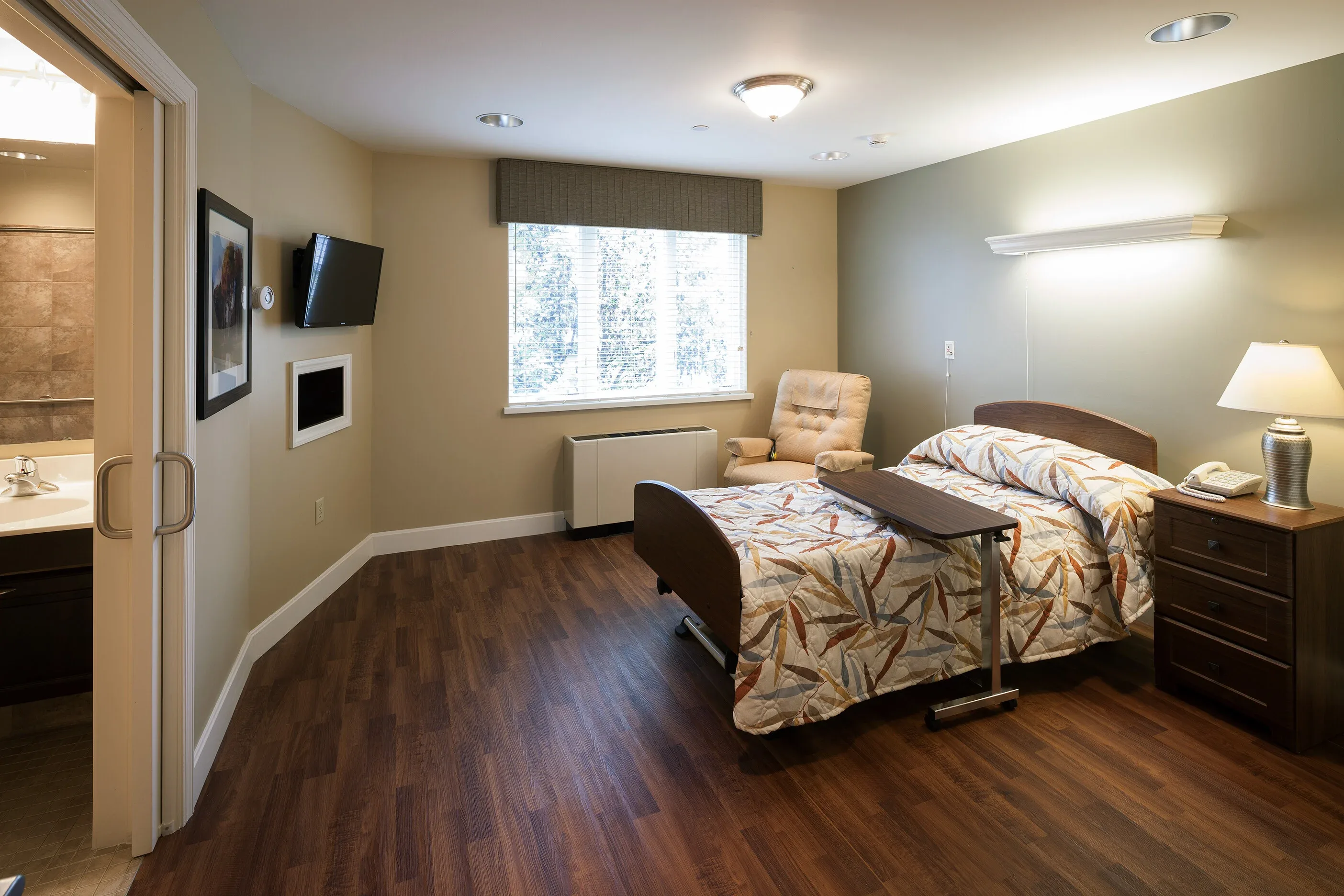KEY TAKEAWAYS
- Behavioral Health Placement Gap: Skilled nursing facilities (SNFs) increasingly serve residents with complex behavioral health needs without the appropriate resources or reimbursement. Expanding access to alternative placements is essential to ensure safety and care quality.
- Regulatory Catch-22: Facilities are held responsible for resident safety but face significant barriers to discharging dangerous or disruptive individuals. A standardized behavioral discharge process is needed to align regulatory expectations with real-world risks.
- Unpaid Care Jeopardizes Sustainability: SNFs often provide care without payment due to weak enforcement tools and limited financial oversight. Targeted reforms can ensure financial accountability and prevent long-term viability threats.
- Modernization Without Eroding Rights: Updating discharge rules, streamlining appeals, and improving placement pathways will strengthen both resident protections and facility operations without undermining due process.
Introduction
Involuntary discharges from skilled nursing facilities (SNFs) represent one of the most pressing and complex issues in long-term care policy today. While existing regulations aim to protect residents from inappropriate evictions, they also impose significant operational burdens on facilities, leading to financial instability and safety concerns. The current outdated regulatory framework fails to account for the growing number of residents with behavioral health needs, leaving SNFs in an untenable position: serving as makeshift psychiatric facilities without the necessary resources, staff training, or reimbursement to do so effectively.
The interplay between discharge restrictions and the F600 abuse prevention mandate creates a significant regulatory dilemma. Facilities must ensure all residents are free from abuse, including instances of resident-to-resident aggression, yet the legal barriers to discharge leave facilities unable to remove individuals who pose a danger. Additionally, many facilities are required to provide care indefinitely without payment due to limited enforcement mechanisms for collecting patient-pay amounts, further straining financial viability. This proposal recommends targeted reforms to modernize discharge standards while preserving resident protections.
Current Regulatory Framework & Challenges
Strict Discharge Limitations Federal rules permit discharge only in narrow circumstances: when a facility can no longer meet a resident's needs, the resident's health has improved, the safety of others is endangered, payment is not made, or the facility closes. Recent CMS guidance further strengthened these protections, requiring extensive documentation of interventions and justifications. While well-intended, these standards hinder facilities from acting decisively—even when the resident clearly cannot be safely or appropriately served.
Behavioral Health Placement Crisis SNFs are increasingly tasked with managing residents whose behavioral health needs exceed their capabilities. Without access to psychiatric step-down units or other alternatives, SNFs become de facto mental health institutions. This compromises care, creates unsafe conditions, and contributes to staff burnout. Appeals related to behavioral discharges are rising, highlighting the urgent need for systemic placement solutions.
Financial Burdens & Uncompensated Care Nonpayment remains a critical and unresolved issue. Facilities often care for residents who refuse to pay their share, and current rules offer little recourse if the resident blocks access to financial accounts. In cases where family members misuse patient-pay funds, facilities face legal roadblocks in recovering funds, especially when the funds are held in jointly owned accounts. Even when a discharge is eventually approved, finding another provider to accept a nonpaying resident is nearly impossible, leaving the original SNF to shoulder unreimbursed care.
Key Problems with Current Discharge Rules
- Disproportionate Burden for a Small Share of Residents: Facilities must devote extensive resources to a small subset of residents whose discharges are complicated and time-consuming.
- Outdated Discharge Categories: Regulatory definitions don't reflect real-world issues like repeated behavioral disruptions or persistent unsafe actions that fall short of "immediate danger."
- Inefficient Processes: Long delays in discharge approvals force SNFs to house residents no longer appropriate for their setting.
- Inconsistent Hearing Decisions: Hearing officers often lack expertise in SNF operations, leading to inconsistent and sometimes counterproductive outcomes.
- Legal and Survey Risks: Discharges are a frequent source of litigation and survey citations, discouraging facilities from pursuing appropriate action.
Proposed Solutions
- Modernize the Discharge Criteria
- Broaden the "safety" standard to include ongoing threats, intimidation, or harmful disruptions—not just imminent physical danger.
- Permit discharge when facilities cannot meet a resident's care needs due to behavioral health, staffing, or resource limitations.
- Maintain current notice requirements but introduce an expedited process for safety-related or uncontested discharges.
- Create a fast-track hearing path for clear-cut cases like verified nonpayment, abandonment, or hospital transfers.
- Require training in SNF operations, behavioral health, and geriatric care to ensure informed, consistent discharge decisions.
- Continue involving resident advocates, but ensure their participation is timely and grounded in clinical facts.
- Assign state agencies a role in facilitating placements for residents who cannot be safely or appropriately served in SNFs.
- Enable third-party oversight of patient-pay funds while respecting resident autonomy.
- Support quicker access to conservatorship in cases of demonstrated financial mismanagement.
What This Proposal Is Not
- It is not about weakening resident protections.
- It is not about allowing broad or unjustified discharges.
It is about applying clinical judgment, operational realities, and common sense to restore balance in a broken system.
Call to Action
We urge federal and state policymakers to:
- Launch a bipartisan review of discharge rules to align them with modern SNF realities.
- Collaborate with providers, ombudsmen, and clinical leaders to shape practical reforms.
- Pilot targeted changes in select states to evaluate outcomes on resident safety, financial sustainability, and system efficiency.




